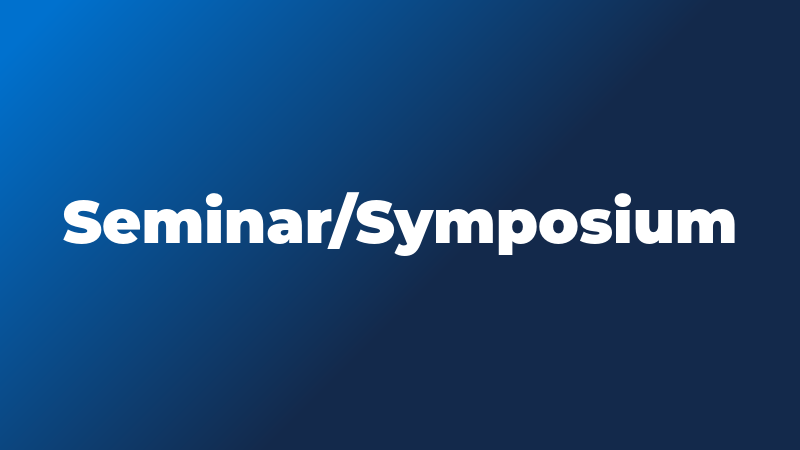PhD Final Defense for Thomas Golecki

- Sponsor
- Civil and Environmental Engineering
- Views
- 123
- Originating Calendar
- CEE Seminars and Conferences
Bridge Optimization Considering Moving Vehicles
Advisor: Professor B.F. Spencer Jr.
Abstract
Conceptual design of bridge structures is a synthesis of engineering and art. Designing a structure that best meets the needs of the people the bridge will serve is a challenging task. Topology optimization has gained widespread adoption across many fields because of its ability to meet the challenge of conceptual design with a mathematically optimal solution. Some researchers have proposed topology optimization methods for use in bridges, focusing primarily on dead or static loads. To date, the process of determining an optimal form has yet to account for the dynamic nature of bridge traffic. In this work, two different dynamic load cases are considered: random moving vehicle loads on highway bridges, and high-speed rail vehicle-bridge interaction.
First, a continuous, filtered white noise representation of random vehicle traffic is developed. This approach separates the loading into a static mean component and a zero-mean stochastic dynamic component. An augmented state space system, including the loading and structure, is then constructed and a random vibration approach is employed to solve for the stochastic responses of the bridge using the Lyapunov equation. By representing the loading separately from the structure, a topology optimization procedure can proceed efficiently. This approach is demonstrated using the density method of topology optimization with an objective function based on the stochastic responses that parallels the probabilistic design intent of modern bridge design codes. The optimal structure minimizes the total response to random traffic loading in terms of the mean and standard deviation of load effects. The resulting topology is then conceptualized into discrete structural components and refined via size and shape optimization to generate a form with uniform structural reliability among components by considering a continuous dynamic reliability constraint. This procedure is demonstrated in numerical examples which show that optimal structural configurations are very similar for reliability constraints.
Second, a methodology for topology optimization of high-speed rail bridges is proposed that considers both the bridge responses and the passenger comfort as determined by the accelerations of the train cars. This method evaluates the coupled bridge and train behavior in the time domain as a single time-varying system. By applying a bandpass filter representative of Sperling’s ride index to the train car acceleration responses, a measure of passenger comfort can be included in the optimization objective. The proposed method is demonstrated by optimizing bridge topology to simultaneously minimize bridge displacements and maximize passenger comfort for a range of high-speed train parameters for both individual rail cars and multiple-car trains. The results show that topology optimization can improve ride quality such as passenger comfort at a small cost to the bridge stiffness design objective.
The methods developed here enable the conceptual design of both highway and high-speed rail bridges via topology optimization that accounts for the dynamic loading of moving vehicles.